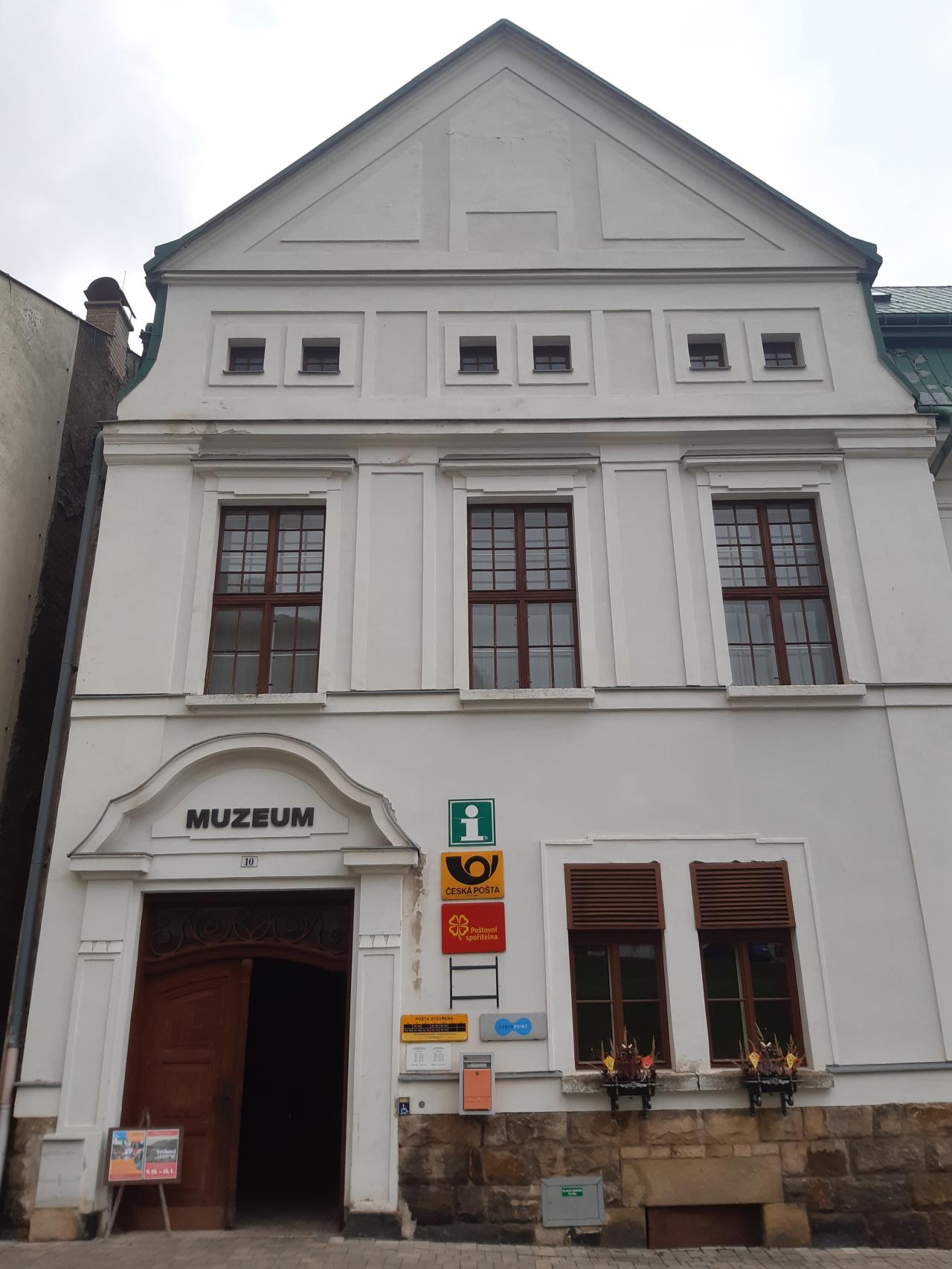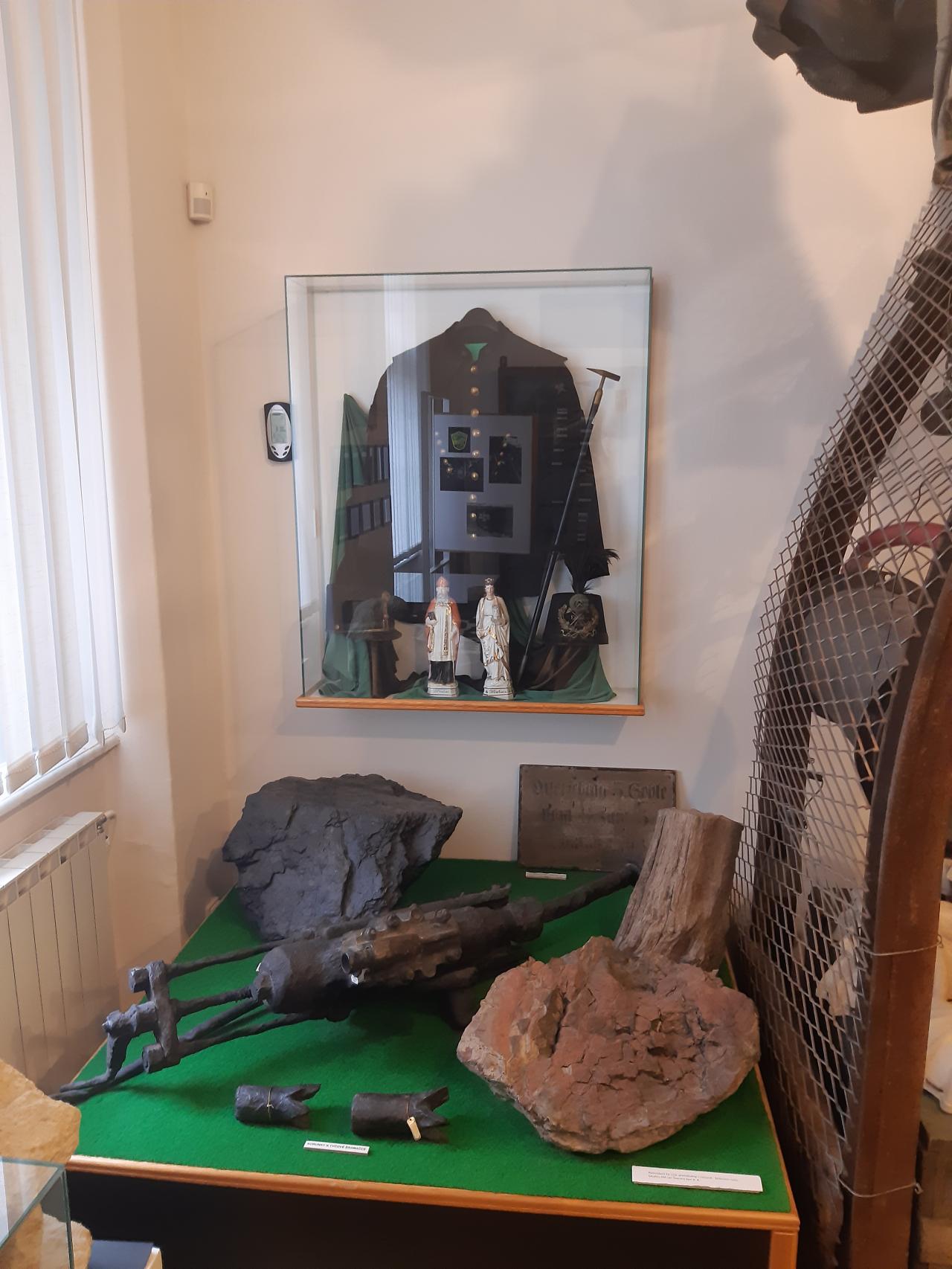Žacléř Municipal Museum
Dating: 20th century
Annotation:
In the region associated with coal mining and the development of mining sciences, the Žacléř Municipal Museum is one of the institutions that takes care of the history of this field and preserves historical objects from the local mines in its collections and provides information on mining sciences as well as practical applications of this science in individual mines in the Žacléř region.
Description:
Coal mining in the Žacléř region has a very long tradition dating back to the 16th century. In ancient times, only shallow shafts were mined because the rich coal seams reached to the surface. With the advent of industry and the growing demand for fuel, coal mining became a major source of income for the church, the nobility and the state itself. By the middle of the 19th century, several dozen larger or smaller shafts had already been dug, the largest of which were the Prokop, Josef, Antonín and Egidi shafts. After World War II, all mines were merged and renamed Jan Šverma Mine as part of the communist nationalisation. The tradition of coal mining here ended after 400 years in 2002, when the last cart of black coal was extracted and the mines closed for good. The rich mining and metallurgical history of this region is the subject of a permanent exhibition in the Žacléř Municipal Museum, which presents both the history of this branch of science and examples of individual tools and pieces of equipment of both old and modern miners.
Connected places:
Mining open-air museum ŽacléřHornický skanzen Žacléř
Keywords: geology; mining; geology; mining engineering; museum
References:
MAUER, J. Hornictví na Žacléřsku. Žacléř: Důl Jan Šverma o.p.s., 2015.
Author's initials: PH
Photos:

Žacléř Municipal Museum (Author: PH)

Žacléř Municipal Museum (Author: PH)

Žacléř Municipal Museum (Author: PH)

Žacléř Municipal Museum (Author: PH)




